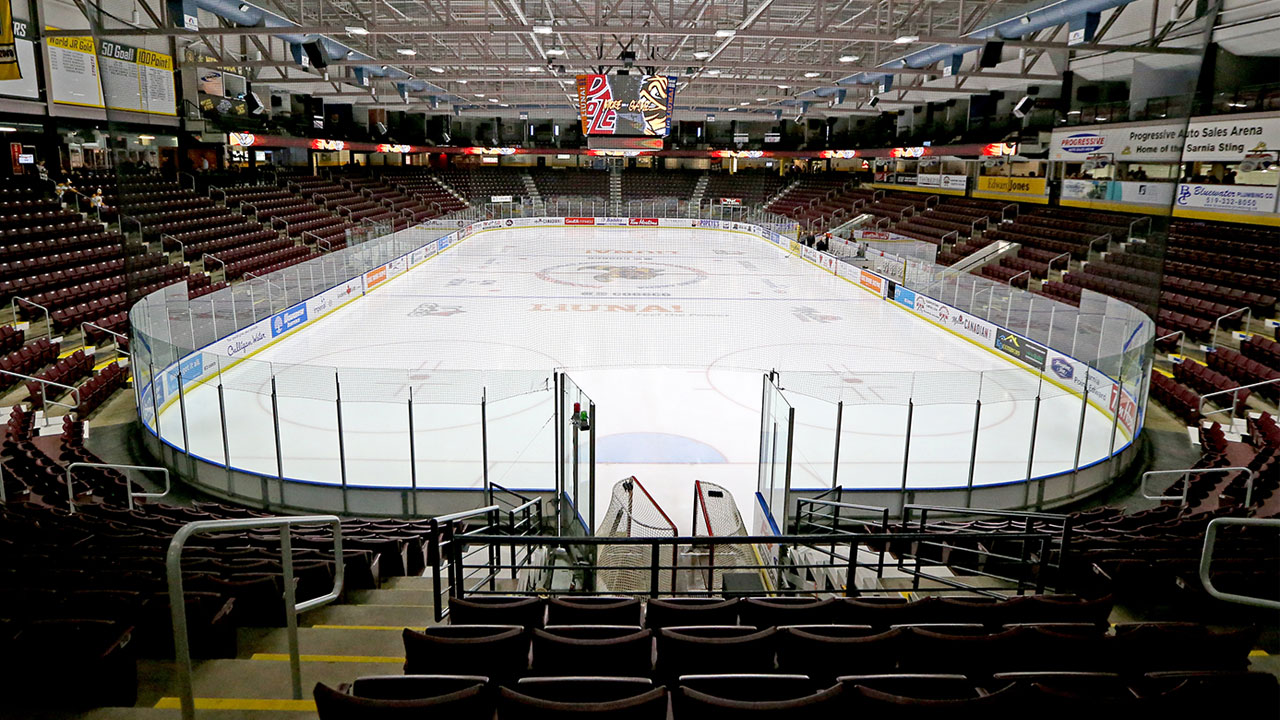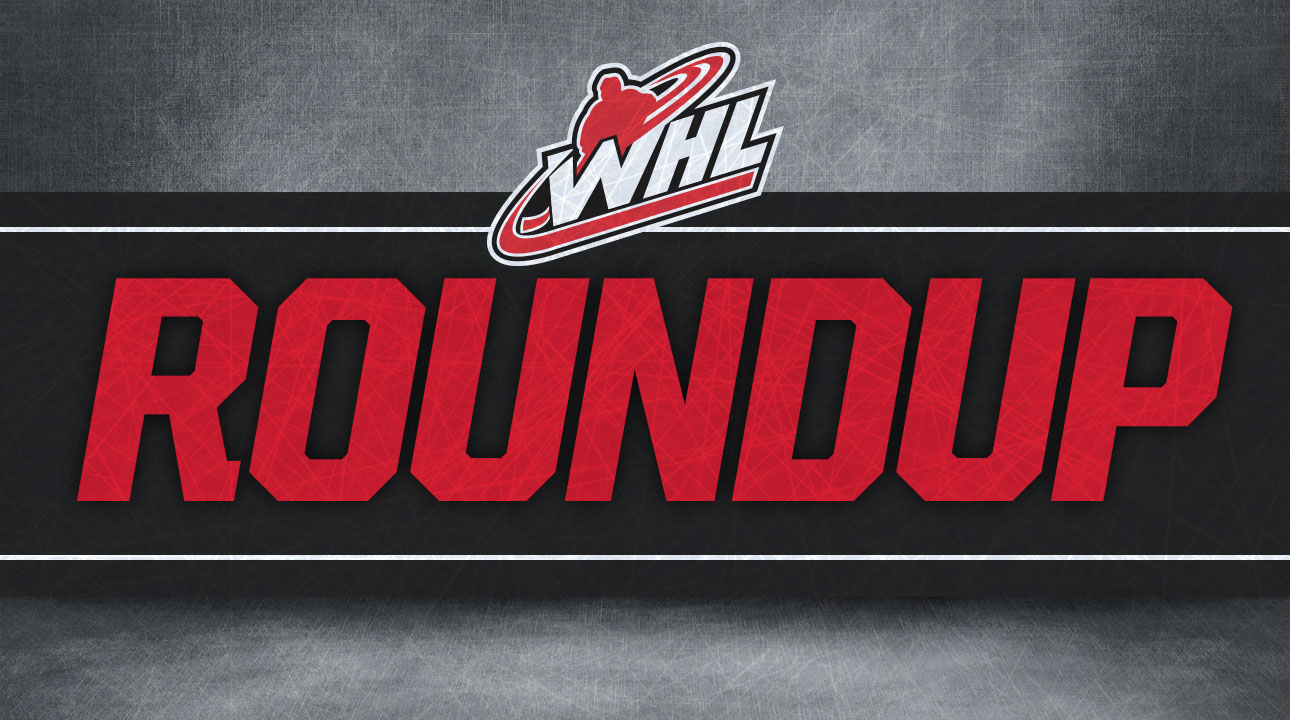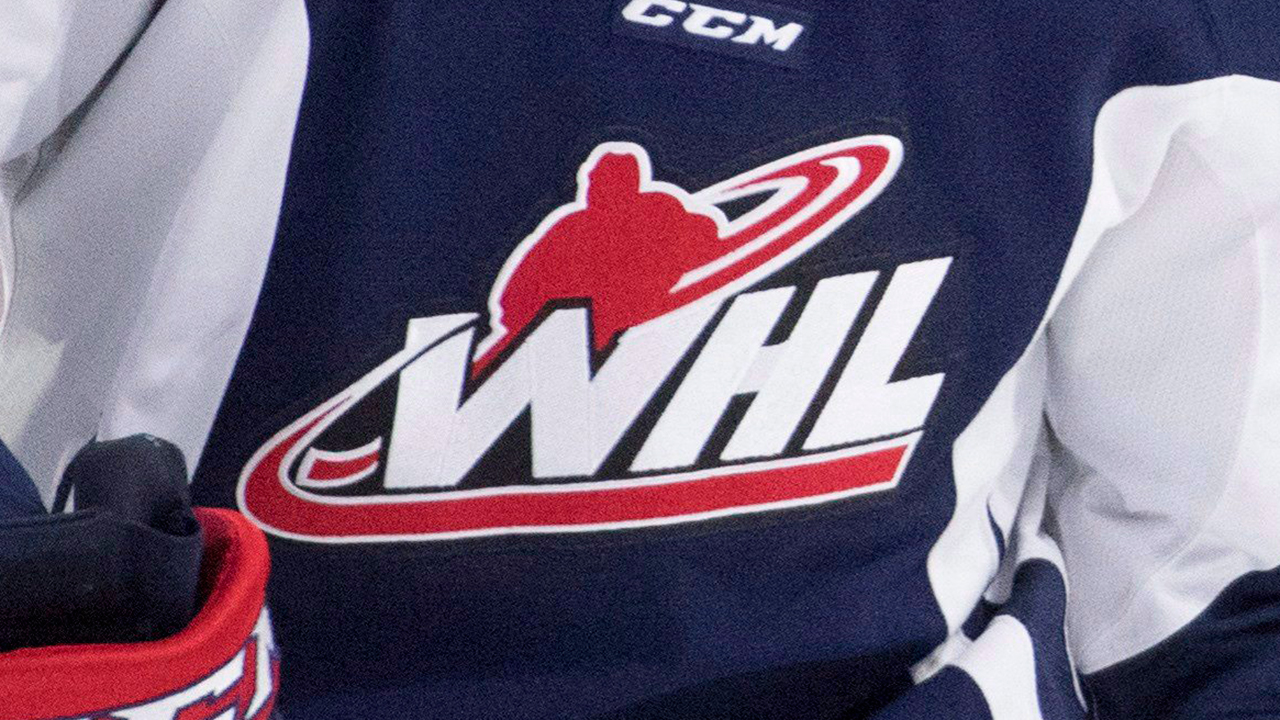The return of NHL Hockey has been amazing. The scintillating re-start has shown us just how much we miss the game, how much we love the game, and how much those who are involved are committed to the game.
It has taken an army of people and a number of resources to get the NHL back on its skates and while there is still a ways to go, the league has done a great job keeping its people safe.
The CHL is looking for a return to play after having cancelled its 2019-20 season on March 23. For the first time in 102 years, the Memorial Cup was not awarded. It’s obvious to state the CHL doesn’t have the available resources to do what the NHL has done, but there are still plans in place for the CHL to play a 2020-21 season.
As the umbrella entity, the CHL is largely responsible for the CIBC Canada-Russia Series, the Kubota CHL/NHL Top Prospects Game and the Memorial Cup presented by Kia. As of right now, the only date set in stone is the Memorial Cup, which will be contested between June 17-27, 2021 in either Sault Ste. Marie or Oshawa, Ontario.
With 52 teams across Canada and eight more based in the U.S, a return to play is complex because of the number of different health agencies each member league has to deal with.
[snippet id=4931344]
Each league has been tasked with the responsibility of setting its own course. Keep in mind, we’re dealing with teenagers and young adults, so safety has to be the priority. The CHL is also responsible to the NHL to provide a vehicle for player development as per the agreement between the two leagues. The CHL is the number one developmental league in the world. In the NHL’s return to play, 368 players participating in Phase 4 are CHL Alumni, accounting for 49 per cent of the total number of players. The CHL is extremely important to the future of the NHL, so balancing player safety while fulfilling its responsibility to the NHL is a delicate balance.
The OHL became the first of the three CHL leagues to push back the start of its season when last week it revealed Dec. 1 as the new target date for a return to play.
The OHL is in a unique position based on the proximity of its teams to one another and the fact that 17 of the 20 play in the same province. The OHL can set its course by dealing with medical authorities and governments in just one province and two states; Michigan (Saginaw Spirit and Flint Firebirds) and Pennsylvania (Erie Otters). The plan is to play a 64-game schedule with the full complement of playoffs.
In order to do this, there will be no inter-conference play, thereby severely limiting travel and overnight stays. Having U.S.-based teams does have its challenges, but at this point there’s no impetus to temporarily re-locate teams into Ontario.
“We don’t want to do anything to prejudice any franchise,” OHL Commissioner David Branch said.
The goal is to have as many safeguards in place as possible. The idea of low-contact travel or “modified bubble” is being discussed, whereby teams would get on a bus at their home rink, travel to their opponents’ city, get off the bus and into the rink, play the game, get back on to the bus and return home after the game. This idea would limit exposure to as few people as possible.
As per federal government rules, European or American born players and anyone else who has travelled abroad, will be subject to the 14-day quarantine period before rejoining his team. Further measures as they are related to health are being discussed with experts.
Training camp dates have yet to be determined, but talks are ongoing. In the meantime, the OHL has asked its players to enrol in online classes accessed through the school used in the OHL centre in which that player is expected to play. This will allow a player to seamlessly transition his academics once he has returned to his team and can attend school in-person.
From a training perspective, “teams are obliged to provide at-home access to ice, off-ice training and have access to skills coaching,” according to Branch. In canvassing teams, roughly 85 per cent of players have enjoyed such access, but Branch says, “the goal is to get that number to 100 per cent” while players remain at home.
Even if all contingencies work, the season will be in peril if fans aren’t allowed to attend games.
“Our league is gate-driven, we cannot afford to play without fans,” said Branch.
[snippet id=4167285]
The attendance issue isn’t just unique to the OHL. In the QMJHL, attendance accounts for roughly 60 per cent of the operating budget. The ‘Q’ features many smaller, older buildings that already have limited capacity and also deals with a smaller population base from which to draw fans. Getting back on the ice is imperative for the long-term sustainability of the league and its 18 franchises. Having said that, the two extra months of waiting the OHL and WHL will have by starting in December should provide a bit more certainty. A hastily planned return puts the QMJHL at more risk for a start and stop scenario.
The QMJHL has three healthy divisions that should provide competitive balance while limiting travel. Maritime-based teams can remain in the Atlantic bubble, while the remaining 12 teams can be split evenly with Quebec, Rimouski, Baie-Comeau, Chicoutimi, Victoriaville and Shawinigan in the East, and Sherbrooke, Drummondville, Gatineau, Val-d’Or, Rouyn-Noranda and Blainville-Boisbriand in the West. Their plan is to play a 60-game schedule with playoffs.
The WHL, which followed the OHL by announcing a plan to return to play on Dec. 4, is unique in that it covers an expansive territory and one full division is based in the northwest United States. Having to take cues from six different jurisdictions where there’s great variation of the impact of COVID-19 presents a number of challenges. Despite that, the WHL is planning to play a full 68-game schedule with playoffs, although post-season play may have to be modified.
“We’re committed to playing, there has been no talk in our league about not playing. We’re determined to find a way,” said Commissioner Ron Robison.
The WHL will start the season with strictly divisional play and those divisions will take on a slightly different look. The U.S. and B.C divisions will remain as is. All five Alberta teams will make up a third division, while teams based in Saskatchewan and Manitoba will combine to make a seven-team loop. Not only will this help ease the burden of travel, but it will also keep exposure to multiple provinces and states at a minimum.
[snippet id=3816507]
Aside from the financial health of the league and its member teams, fans and sponsors are anxious to have their teams back on the ice.
“For many of our teams, we’ve seen an 80-90 per cent return rate for sponsorship and season tickets,” Robison said.
Not just in the WHL, but in more than 75 per cent of CHL markets, the local team is the community’s number one sports entity.
“Our teams are oftentimes economic drivers.”
Charitable programs and community outreach are big pieces of the CHL experience. Teams provide a social outlet and give many fans their closest thing to professional sports. Further, teams employ hundreds of people, many of whom are part-timers, but all rely on the income to support themselves. The impact of no CHL games is not only felt by the teams, but also deeply in the communities in which they play.
With the recent announcement to move the start of the season back to December, the WHL is still working on a number of initiatives for a return to play.
A few steps have already been taken, including having no more than 30 players at training camp. The league will ask its players to get tested in their home province/state before leaving for their respective teams.
Moreover the WHL, like the OHL, has asked its players to register for online classes at home in order to transition smoothly when players return to their teams. In terms of player development, discussions have hastened in order to help players fill the gap from a typical September start to a now-planned December start to the season.
Another edict will be daily screening of players before being exposed to teammates and staff and before participating in daily activities.
While all three leagues have the best intentions, this is a challenge unlike any other they’ve faced. Planning for young student-athletes is entirely different than planning a return to play for a professional league. With player safety at the forefront, other elements can’t be forgotten.
Academics, player development, community participation and charitable work are all important pieces of the player experience. While many questions still remain, the pandemic will ultimately drive any decisions on a return to play in the CHL.
[relatedlinks]





